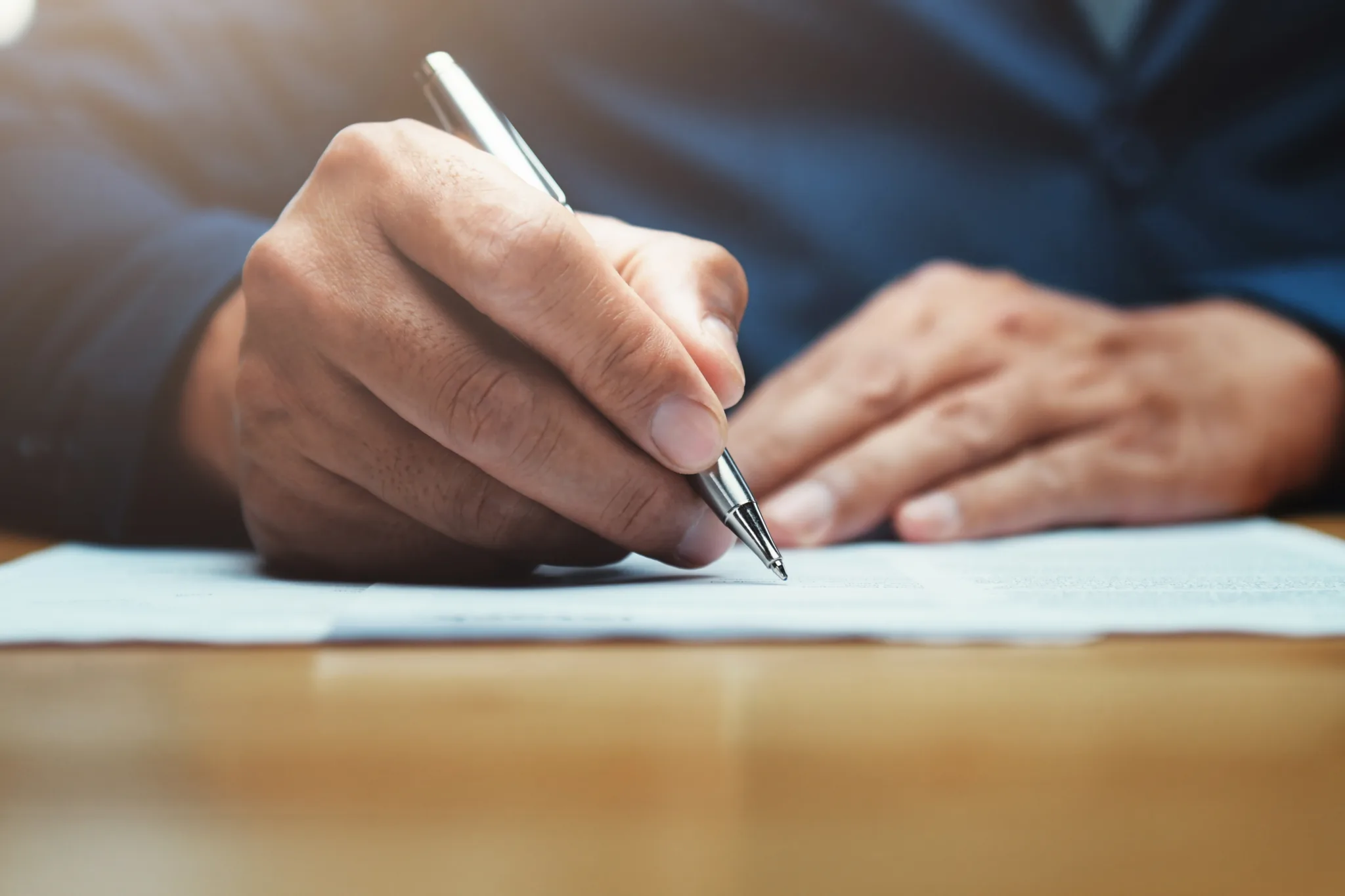If you have a product idea, logo, business name, creative work, slogan, etc., it’s important to familiarize yourself with the differences between copyrights, patents, trademarks, and trade secrets.
The information below will take a brief look at the differences between utility and design patent protection.
Design patents protect “any new, original and ornamental design for an article of manufacture.” 35 U.S.C. § 171. In other words,the basic difference between utility and design patents is protecting how it works (utility) versus how it looks (design). That’s it in a nutshell. Of course, that’s oversimplified, but it’s a good place to start.
Businesses apply for design patents to prevent the appearance of a concept from being copied by competitors. Utility patents are used to protect the functional features of an invention, i.e., how it works.. There are cases, however, in which it would businesses owners may file both a utility patent and design patent applications.
Differences in Cost
The “prosecution” of the patent is a common term used by patent attorneys to refer to just how expensive filing a utility patent can be. Some people even go so far as to invest tens of thousands of dollars from when they begin the application process through to when they receive the patent. Design patents, however, are almost always less expensive. Why does it cost more to file a utility patent than a design patent, you might ask?
- Every office action rejection in a utility patent application requires a thorough written response. Additionally, office actions are also extremely common.
- Drafting the claims and specifications for filing a utility patent application usually require more effort than for a design patent. Amending claims is also commonplace with utility patents.
- Good claims are difficult to draft because they require balancing two competing interests: (1) getting as much coverage from your claims as possible, while (2) distinguishing your invention from all inventions that came before it (i.e., the“prior art”)
Claim Scope
Let’s say you have a design patent on a product. Because only the invention’s appearance (a.k.a. the “ornamental features”) is covered by a design patent, a competitor can make its product look different from yours to avoid infringement. The test to find infringement on your design patent patent is called the “the ordinary observer” test. Under this test, “[I]f, in the eye of an ordinary observer, giving such attention as a purchaser usually gives, two designs are substantially the same, if the resemblance is such as to deceive such an observer, inducing him to purchase one supposing it to be the other, the first one patented is infringed by the other.” Egyptian Goddess, Inc. v. Swisa, Inc., 543 F.3d 665, 670 (Fed. Cir. 2008).
Now let’s say you have a utility patent on one of your products. It can be tougher to design around utility patents. Why? Instead of the appearance, the function of an invention is claimed through a utility patent. Most of the time, the appearance of a product is less relevant to determine utility patent infringement. A utility patent is infringed when someone makes, uses, sells, or offers for sale something that meets every element that is written down in a utility patent’s claim. In other words, if someone makes a product or process that looks different from your claimed invention, but still functions the same as what your claim covers, then it infringes your utility patent.
How long do both types last?
A design patent is enforceable for fifteen years beginning from the date it’s granted. In contrast, a utility patent remains enforceable for twenty years from the date the application is filed – or if it claims priority from an earlier-filed patent application. In both cases, you cannot pursue infringemenet until the patent is granted.
How Long Does It Take?
The patent application process can have various lengths, depending on the patent. Compared to a design patent, a utility patent takes much more time to procure. A higher rate of rejection is also probable with utility applications. Compared to a design application (which could take 1 ½ years), the application process is also longer for utility applications (roughly 3 years on average).
Could You Use Some Help with Patents?
We want to be your creative counsel. We are Practus. We specialize in the following:
- Trademark prosecution
- Intellectual property dispute
- Patent prosecution
- Entertainment and technology contracts
- Copyright protection






